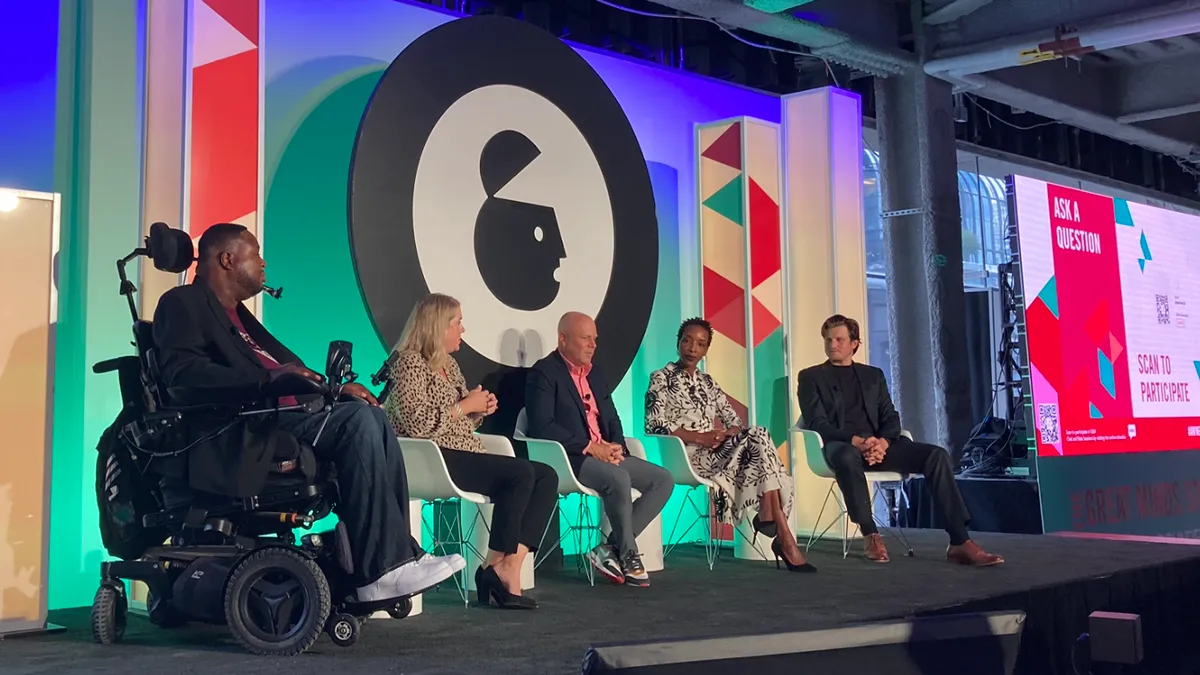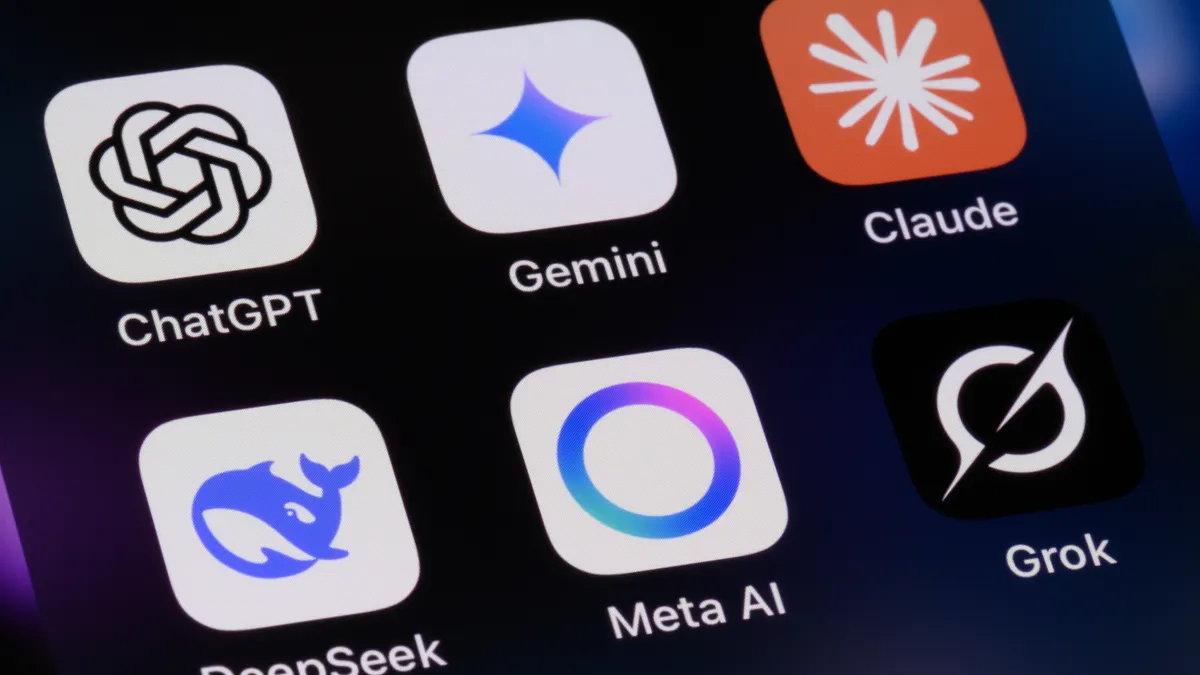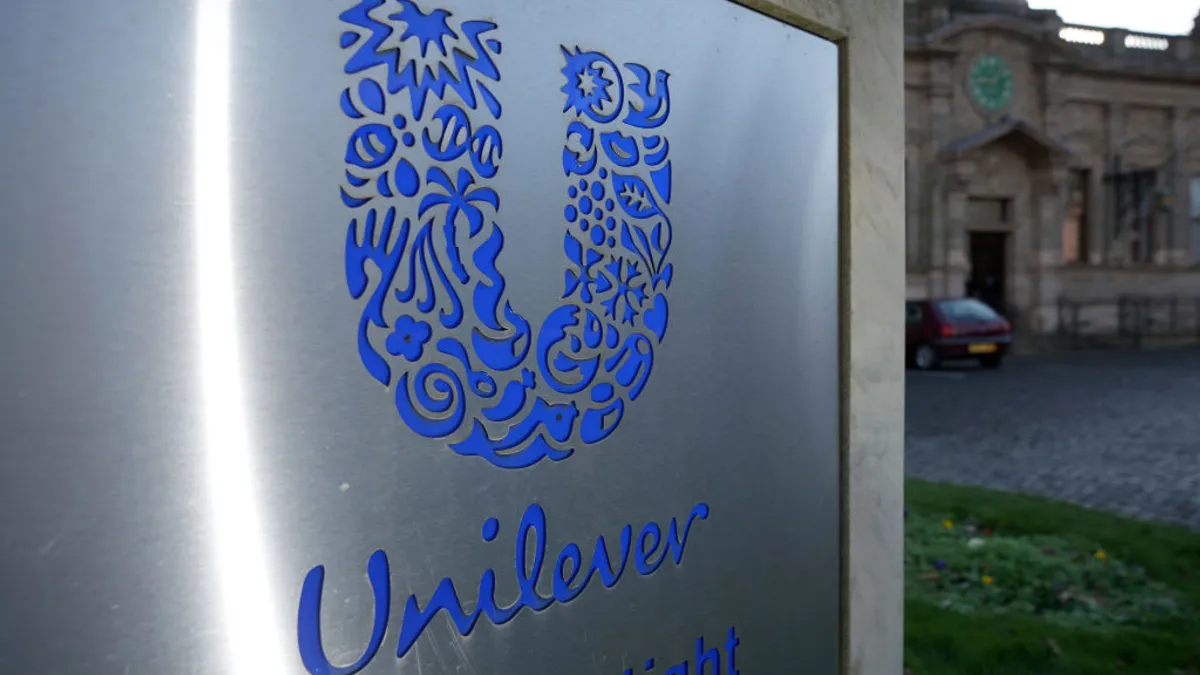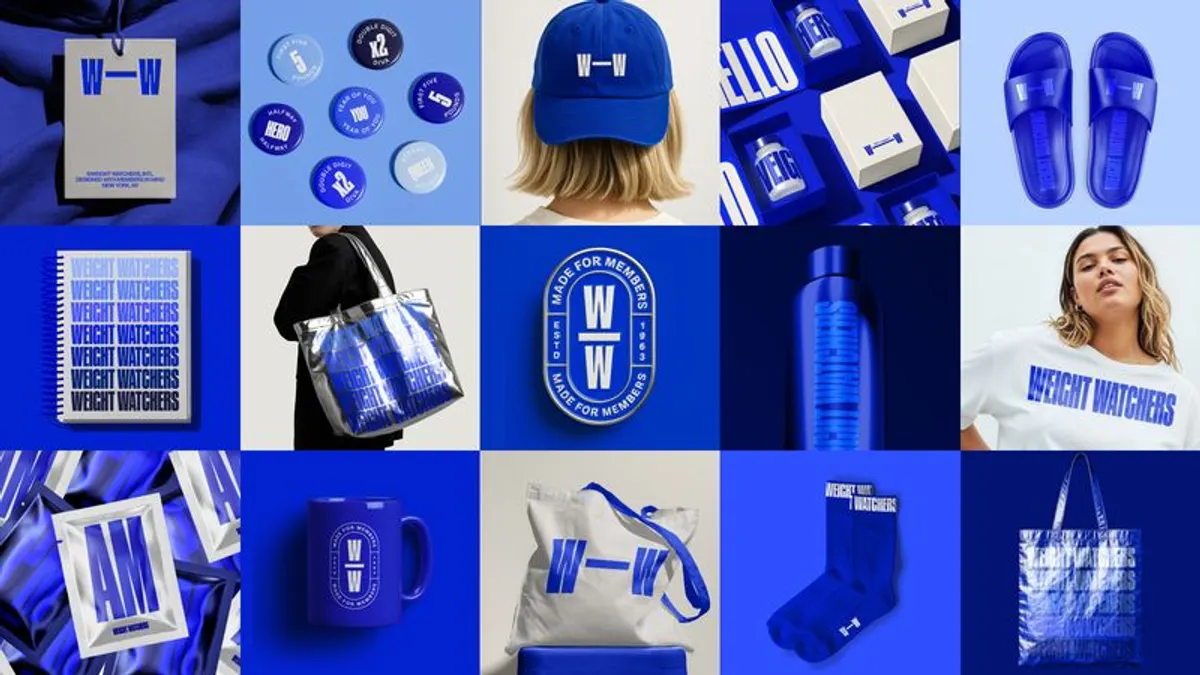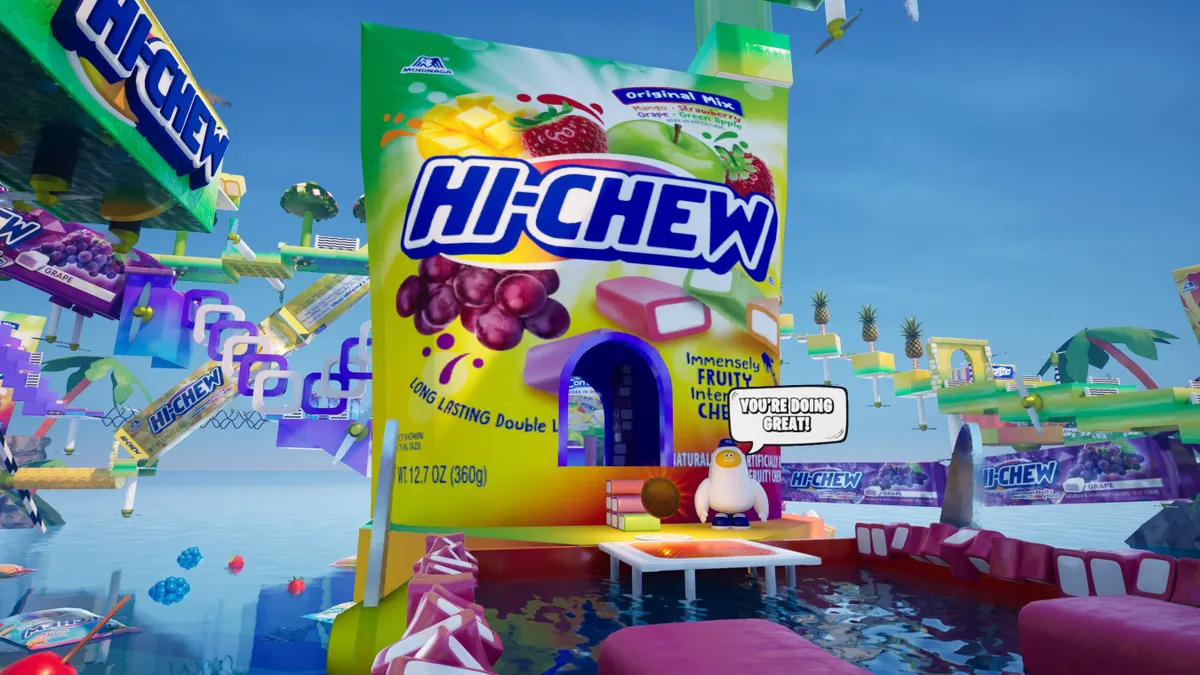NEW YORK — Since the NCAA ruled in July that college athletes can be compensated for their name, image and likeness (NIL), a number of brands have been quick to forge partnerships, from Degree to Denny's and Outback Steakhouse. But not even four months into the policy and marketers are encountering issues stemming from the lack of organized solutions that could help them navigate and leverage a growing pool of athletes that are seeking monetization.
Several experts in the sports marketing industry weighed in on this issue during a Wednesday panel at Advertising Week. They cited the fact that many student-athletes don't have agents with whom brands would typically negotiate — on top of school commitments — as reasons for needing concrete solutions. A "turnkey solution" for athletes who don't have people that can help guide them through the process would be key, according to Jene Elzie, chief growth officer at Athletes First Partners.
"The ability to make this as easy as possible is really a big opportunity," Elzie said.
With no clear instruction manual, brands of different industries and sizes have approached their NIL partnerships through a variety of strategies. Outback Steakhouse this week announced deals with seven college football stars from powerhouse schools across the country, including the University of Florida, University of Michigan and the Ohio State University.
"Outback has a long history of sports sponsorships and participation," said Kim Morales, director of brand marketing at Outback Steakhouse. "We felt the NIL opportunity provided us a way to connect our brand purpose with what college sports is all about: teammates and building camaraderie together."
LeGrand Coffee House, on the other hand, which has one location as opposed to nearly 1,000, leaned into its Rutgers University roots to inform its NIL partnerships. Founder and CEO Eric LeGrand, who played football at Rutgers, said he's choosing partnerships across a range of sports at the school — even those that aren't the NCAA's traditional breadwinners.
Geography will also be an important component for brands. While the NCAA allows players to be compensated for their NIL regardless of whether their state has a NIL law, the rule does not override laws already in place. An athlete's endorsement process therefore differs from school to school and state to state. With so many factors to consider, brands could have trouble deciding who to partner with and receiving buy-in from athletes. Panelists suggested a group licensing program as one solution that may help to streamline the NIL process for brands first using the tactic.
The organization offered by group licensing could also attract other industries to the NIL field. Gaming — which could especially appeal to college-aged audiences — is one such area, according to Josh Goodstadt, executive vice president of licensing at business development company Think450.
"There's individual opportunities if athletes want to be the feature or the face of a game, but in order to have a really successful game, you need a group licensing program," he told Marketing Dive after the panel.
Social media as a bullhorn
Panelists also grappled with the lack of a constant media platform in college sports. Compared with professional athletes, who are subject to a raft of press conferences and media appearances, college athletes aren't given a bullhorn as frequently. Where they do have public-facing voices, however, is on social media, a channel that may be the space's necessary alternative to a formal media platform.
"[NIL] is the new influencer program, and leveraging both of our audiences to reach more people is what [college athletes] want to do to get more exposure, and what we want to do to connect to an audience," Morales said.
Gen Z athletes have become savvy at presenting themselves, their brands and their values via social media, said Goodstadt, who also noted that athletes don't have to be LeBron James-sized stars to have passionate followings.
TikTok is a particularly significant engagement point for college athletes. One of Outback's partners, University of Michigan wide receiver AJ Henning, has over 200,000 followers on the video app — a factor that helped Outback choose Henning from Michigan's 67-person roster, Morales said.
TikTok is an especially popular platform for female athletes, who tend to receive fewer partnership opportunities than their male counterparts, stemming from brands' focus on major breadwinner sports like football and men's basketball. Like influencers, these women have built large audiences and can monetize their engagement with them in nontraditional ways.
"If someone's got a really positive social media message with a meaningful following, they're getting opportunities too," Goodstadt said.
Assessing risks
The panelists also spoke to the unique risks brands face when partnering with college athletes. While injuries and a lack of on-field success are realities even for professionals, the departure of student-athletes from their level of competition is significantly higher.
Beyond graduating — a factor for which brands can prepare — college athletes can go professional early (in some sports, after just their first year). Such a short-term partnership may not be in a brand's best interest, yet it's difficult to know ahead of time whether a player will turn professional, especially when their decision to do so may depend on their performance through a single season.
To mitigate this risk, as well as others that hinge on unknowable factors, Outback's Morales suggests marketers base partnerships off of brand purpose. Instead of capitalizing on novelty — which tends to fade quickly in a capricious world like college sports — brands should ensure their endorsements align with their marketing goals.
"Do they have that social media following, that personality — or, for us, that camaraderie of teammates?" Morales said.
Having a group marketing platform in which a number of viable, licensed athletes are available for partnerships could help brands weather the fallout of an individual partner, per Elzie.
"[With] a program like this, you can have a lot more flexibility and creativity to deal with unforeseen risks," Elzie said.


